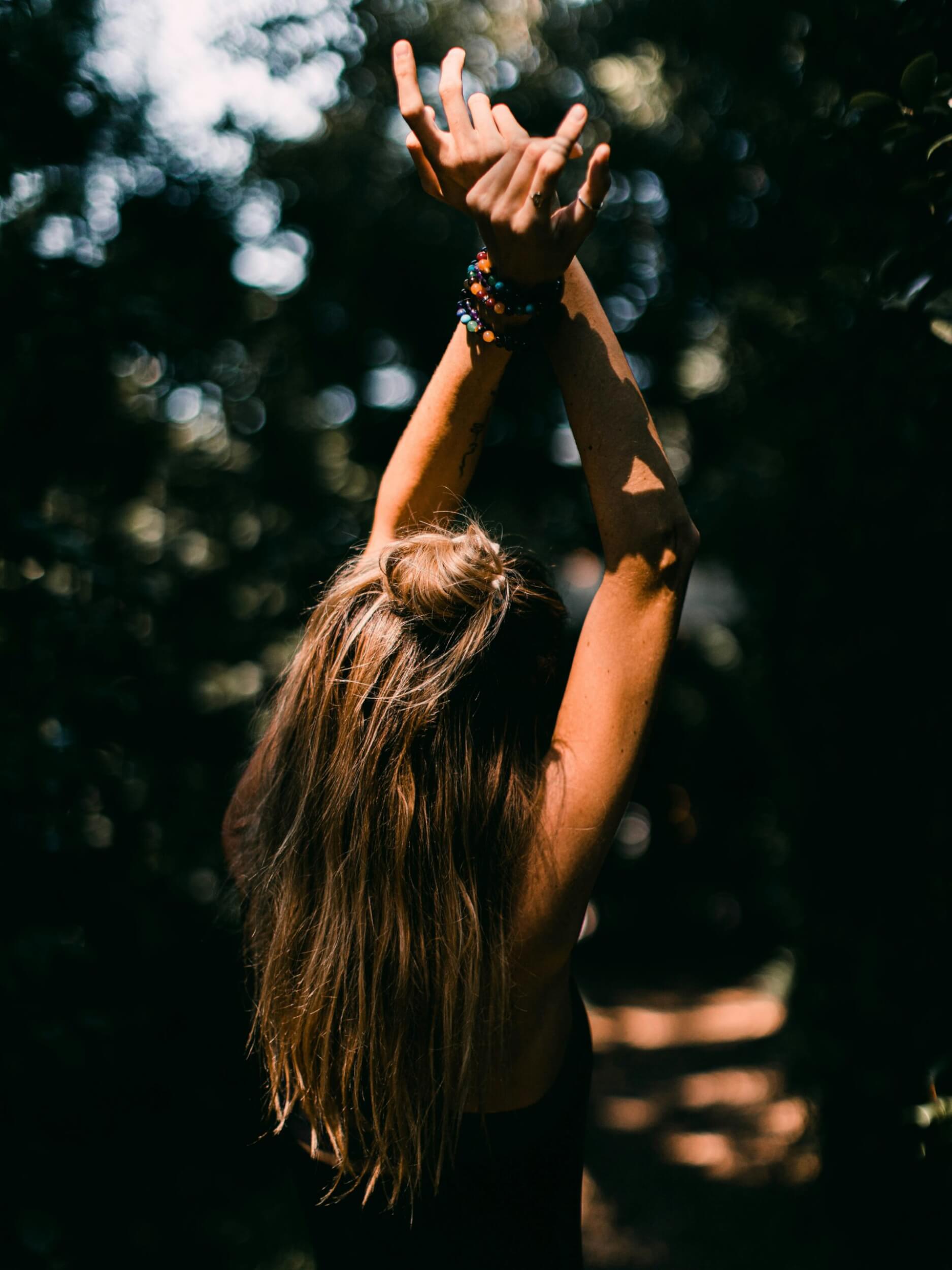How to meditate? Well, finding moments of peace and clarity while being in chaos can seem like a daunting task. Chaos that’s not just out there, but in here, all the time. When you want to make big decisions in life or go through times that might just ask you to give up on life altogether, is when these ancient practices of meditation come to your rescue.
These practices allow you to cultivate a sense of calm and presence in your everyday lives. If you’re new to meditation and wondering how to begin, fret not! We will walk you through some steps to start your journey towards your inner peace and self-discovery.

Whenever we think about meditation, one thing that clicks is ‘thoughtlessness’.
And when we think about how, ‘stare between your eyes’, or, ‘stare at a candle flame’, or, so many other techniques we have been told about. We did try many and gave up on meditation altogether. The problem was not meditation or the techniques but the lack of understanding of meditation itself.
Meditation is NOT about emptying the mind or achieving a state of complete thoughtlessness, it’s about observing our thoughts and emotions without judging them.
And we achieve that by allowing them to just pass by. It’s about being aware and compassionate for ourselves and for others.
Let’s go step by step towards a true understanding of how to meditate:
Step 1- Know the Why:
The first step in learning how to meditate is to clarify your intentions. Why do you want to meditate? Is it to get rid of the stress from your mind, improve your focus, or go deeper into your spiritual connection? If you have the answers to these questions, if your intention is clear, you will be directed accordingly and it will be easier to walk on the path of your spiritual journey, or, stay committed to your practice, especially during challenging moments.

Step 2- Create a supportive environment:
Find a quiet and comfortable space where you can meditate without distractions. It could be a corner of your room, a cozy spot in nature, or even a dedicated meditation room if you have such luxuries. A supportive environment is essential for especially those who get distracted very easily. Create the space inviting enough by adding elements that can help you be calm, such as candles, cushions, artwork, etc.
Step 3- Choose a comfortable posture:
No, you don’t have to sit cross-legged, and, on the floor to meditate. Choose a posture that feels comfortable for you, whether it’s sitting on a chair, kneeling on a cushion, or simply lying down. The key is to keep your spine straight and your body relaxed. Allow yourself an easy flow of breath and energy. If you’re calm and comfortable, it will, as a result, be far easier for you to achieve your tranquil state.

Step 4- Breathe Mindfully:
One of the fundamental aspects of meditation is mindful breathing.
Learn practical ways on how to meditate:
- Begin by taking a few deep breaths, allowing the air to fill your lungs and expand your belly.
- Then, let your breath return to its natural rhythm.
- Also, pay attention to the sensations of inhaling and exhaling. Do not just focus on your nose and your belly, but also on the entire route your breath takes in the journey of inhaling and exhaling.
- Whenever your mind wanders, be gentle and forgiving towards yourself, just calmly bring your focus back to your breath.
Step 5- Begin with Guided Meditations:
If you’re a beginner and do not know much about how to meditate, guided meditation can be a starting point. These recordings or apps provide step-by-step instructions and calm music to guide you through the entire practice. You can find guided meditations tailored to specific goals, such as stress relief, sleep aid, or emotional healing. If you overthink or are fearful easily, then you will find respective guided meditations for that as well on YouTube. Here’s also a few ways that can take you out of your overthinking habit.

Step 6- Explore a variety of Techniques:
Meditation is a diverse practice with various techniques to suit different preferences and needs. Some common meditation techniques include mindfulness meditation, loving-kindness meditation, mantra meditation, and body scan meditation. Experiment with different techniques to find what resonates with you. Sometimes, it’s just a simple practice of sitting with yourself for ten minutes every day. The more you explore, the more the chances for you to commit yourself to your daily meditation practice.
Step 7- Consistency Over Duration:
Knowing how to meditate is not enough if you do not do it consistently. When starting your meditation practice, focus on consistency rather than duration. It’s better to meditate for just five minutes every day than to meditate for an hour once a week. Set aside a specific time each day for meditation, whether it’s first thing in the morning, during your lunch break, or before bedtime. Or, instead of fixing a specific time, you can just remember to take out any five or ten minutes in the day if you’re too organized in life. The idea is to meditate.

Step 8- Cultivate Patience and Compassion:
As you embark on your meditation journey, remember to be patient and compassionate with yourself. Meditation is not about achieving instant enlightenment but rather a gradual process of self-discovery and inner transformation. Be gentle with yourself on this journey, and celebrate your progress no matter how small. Enlightenment is hardly a lifetime achievement, let alone a few days. You don’t have to become Buddha but to keep becoming a better version of yourself.
Step 9- Let Mindfulness be a part of your daily life:
Ultimately, the goal of meditation is to cultivate mindfulness, the ability to be fully present in each moment with awareness and acceptance. As you get deeper into your meditation practice, look for opportunities to bring mindfulness into your daily life, whether it’s during everyday tasks like washing dishes, eating your lunch, or interacting with others. Also, be mindful when making small to big decisions in your life, mindful decisions will bring you fulfillment and no regrets later.

Learning how to meditate is a deeply personal journey that requires dedication, patience, and an open mind and heart. By setting aside time each day to connect with yourself in silence and stillness, you can achieve a profound sense of inner peace, and joy that radiates into every aspect of your life.
Embrace the journey towards knowing yourself, and may you find your calm amid the chaos of life.





